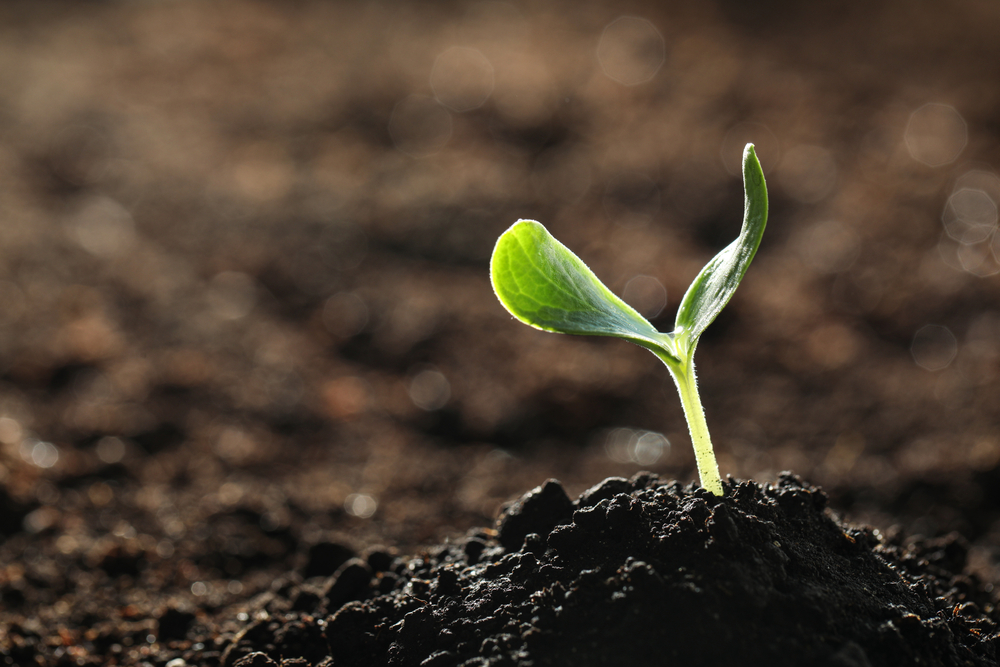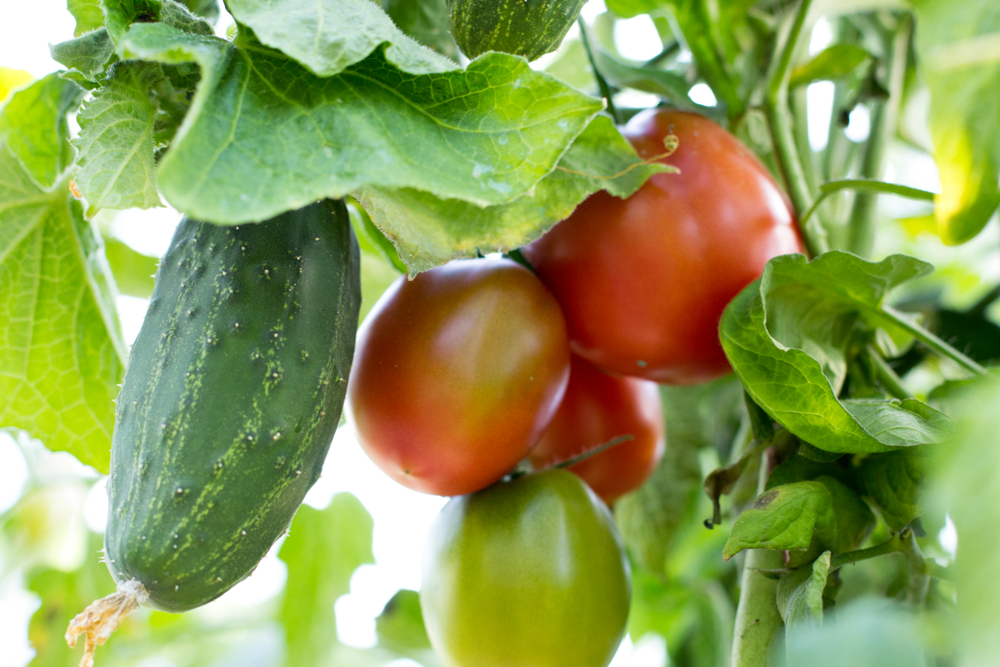Five Plants You Can Grow In the Rainy Season
by Lou-Ann Jordan Oct 3, 2022

Home gardens have been on the rise since COVID-19. During the lockdown period, many people took to growing their own food and planting vegetable seeds that they had previously purchased. The practice continued and seems to have developed further in the past two years.
There are obvious reasons for the prevalence of this practice. In addition to cutting food costs, it offers food safety because homegrown food gives you more control over what you eat. When you grow your own food, there is no need to question whether it is organic or the degree to which chemicals were used.
Planting is about seasons and knowing which crops grow best in dry or rainy periods. Some plants flourish in dry weather but do not produce during a period of heavy rain, and vice versa. So, right now is an excellent time to get started.
As a burgeoning farmer, we want you to enjoy the process of reaping a harvest that motivates you to continue. So, we’ve come up with five crops that are easy to grow and are best suited for the rainy season.
Five crops to grow in the rainy season

Cucumbers
Cucumbers are known for being relatively easy to grow. You can begin by planting the seeds in a pot or sowing them in the ground in mounds. Whichever you choose, the key is to keep the soil loose. Also, they require a lot of sunlight and usually take seven to 10 days to germinate. It should take approximately six weeks to be ready for harvest.
Lettuce
Lettuce is an excellent crop if you’re new to planting. It requires little work, and it grows quickly. Additionally, it can be grown in containers, pots, or troughs, so limited space is not a problem. However, you should ensure the water drains off. You will need to keep the soil loose and, as with cucumbers, moist but not soggy.
Peppers
In the Caribbean, peppers are a “must-have”. They feature in our cooking in many ways, especially when seasoning meats and jazzing up marinades. You can start growing your own peppers by saving the seeds after using them. You may opt to put the seeds in a pot and transplant them, or you can plant them outdoors in a bed, as either works well. Shoots take two to five weeks to appear, depending on the type.
Okra
For some, okra is an acquired taste, but many enjoy this vegetable as a side dish or incorporated into stews. On some islands, it’s cooked in a tasty rice pilaf. Whichever way you like it prepared, you can start harvesting fresh okra from your garden because it’s relatively easy to grow. Plant your seeds outdoors, ensuring there’s lots of sunlight. According to Good Housekeeping, crops are produced in approximately 50 to 60 days.
Herbs
Herbs are incredibly versatile in that they can be grown year-round. For starters, you can begin with perennial herbs such as sage, basil, chives, rosemary, and Spanish thyme. These can be grown in pots, or if you have space, you can cordon a section to start a herb garden.
—
It can be gratifying knowing you’ve grown the food you’re eating. There is no need to wait until the dry season – you can start today.
Begin small and look forward to enjoying freshly grown produce; chances are you may never go back to store-bought.
Sources: Almanac, BBC Good Food and Good Housekeeping.








